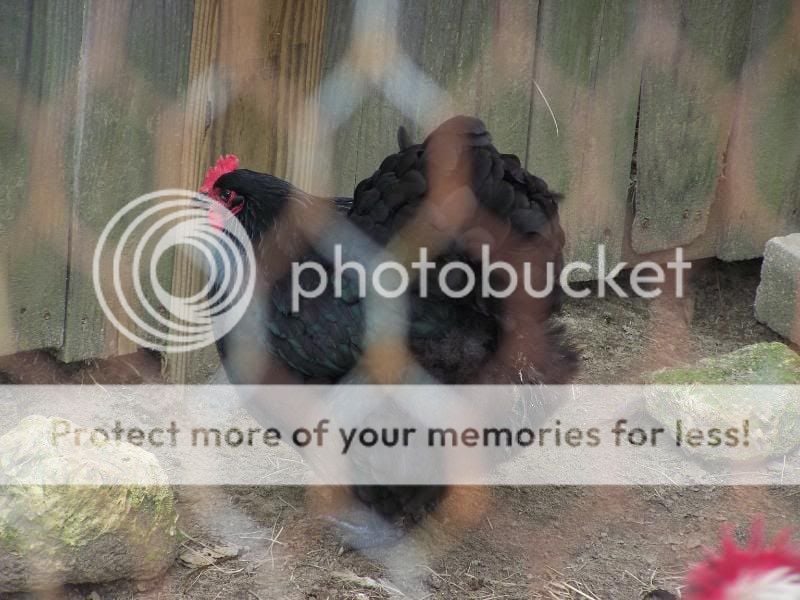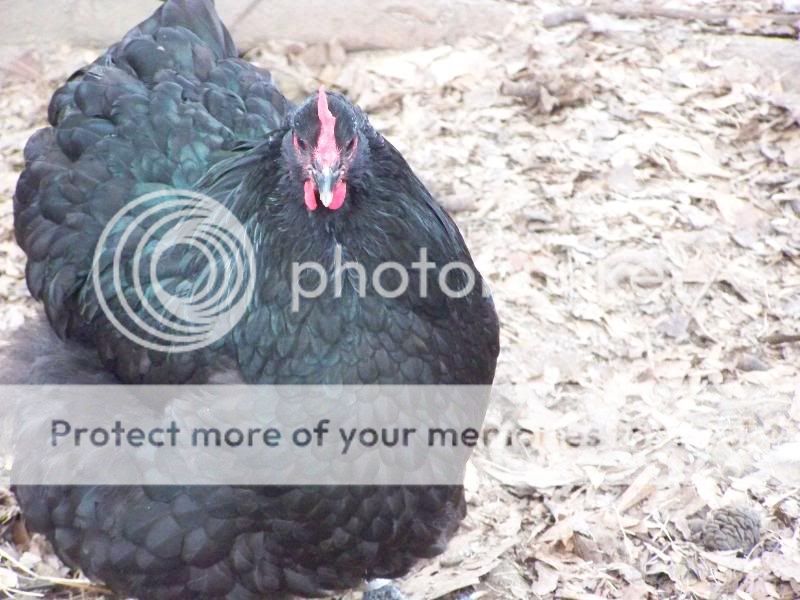- Thread starter
- #11
Navigation
Install the app
How to install the app on iOS
Follow along with the video below to see how to install our site as a web app on your home screen.
Note: This feature may not be available in some browsers.
More options
You are using an out of date browser. It may not display this or other websites correctly.
You should upgrade or use an alternative browser.
You should upgrade or use an alternative browser.
Orps - what is typy?
- Thread starter halo
- Start date
- Sep 4, 2007
- 1,704
- 5
- 171
Quote:
Size is a issue when the birds dont meet the "standard" and are to small, narrow, etc.
Size is a issue when the birds dont meet the "standard" and are to small, narrow, etc.
- Sep 4, 2007
- 1,704
- 5
- 171
Quote:
I think some lines do have Cochin blood breed into them. I just love how fluffly they are without the leg feathering to get messy. It gets really muddy hear sometimes.
I think some lines do have Cochin blood breed into them. I just love how fluffly they are without the leg feathering to get messy. It gets really muddy hear sometimes.
It has been an issue because so many entries are barely reaching the accepted size. With more hatchery stock and people who honestly do not know what to look for out there, the big stalky orpington is becoming more and more rare.
Mine push the high side of the weight scale and have had many compliments from long term breeders and judges on how this is what they used to see and rarely see now.
So yes, the orpington is popular, but the true to type part is being lost in the push to breed quantity.
In many cases the breeding community has done this to themselves over the past few decades by becoming such closed communities. In recent years I see that changing. SLOWLY!
Mine push the high side of the weight scale and have had many compliments from long term breeders and judges on how this is what they used to see and rarely see now.
So yes, the orpington is popular, but the true to type part is being lost in the push to breed quantity.
In many cases the breeding community has done this to themselves over the past few decades by becoming such closed communities. In recent years I see that changing. SLOWLY!
Deep, broad (wide), and well rounded and not overly obessive in weight and size.
As for "typey", I like to see balanced in birds, making sure the heads are appropriate for their body...who wants an oversized beaky, bug eyed looking of Orp???? The pullets should show feminity and a little more refinement or detailed in her face and not overly heavier than the males. Good temperment, decent heavy size and good egg laying capability with a WIDE rear ends make a good egg layer as well.
The males should be mascline and show good temperments as well as HUGE size but not grossly obese looking similar to a Cochin. And good colors are important too.
You certainly dont want one that looks like a Thoroughbred nor a Clydesdale in type, size and gait either! With a practiced eye, you can pick out your better Orp out of the lot even it means to dismiss your favorite hen with bad legs or whatever for breeding purposes.
Reading the standards help but going to shows help even better and do not be afraid to ask the judges and long time breeders for their input and advise and suggestions.
As for "typey", I like to see balanced in birds, making sure the heads are appropriate for their body...who wants an oversized beaky, bug eyed looking of Orp???? The pullets should show feminity and a little more refinement or detailed in her face and not overly heavier than the males. Good temperment, decent heavy size and good egg laying capability with a WIDE rear ends make a good egg layer as well.
The males should be mascline and show good temperments as well as HUGE size but not grossly obese looking similar to a Cochin. And good colors are important too.
You certainly dont want one that looks like a Thoroughbred nor a Clydesdale in type, size and gait either! With a practiced eye, you can pick out your better Orp out of the lot even it means to dismiss your favorite hen with bad legs or whatever for breeding purposes.
Reading the standards help but going to shows help even better and do not be afraid to ask the judges and long time breeders for their input and advise and suggestions.
- Sep 4, 2007
- 1,704
- 5
- 171
Quote:
This is what I did and it help me see things clearer. Judges are usually always willing to help as well as other breeders.

This is what I did and it help me see things clearer. Judges are usually always willing to help as well as other breeders.

- Thread starter
- #17
- Nov 14, 2007
- 4,266
- 54
- 251
If I had a scanner i would scan a page out my Book the Orpington Fowl. It has a good description of the difference in American looking Orps and British Orps. I am trying of course to get mine to the Brit Standard. The Roos tend to have a Shorter back and higher rise in the tail. They need to be broad and not lanky in their legs. Their wattes don't need to hang to long and their points on their combs should be very distinct. Should have brown/black eyes on the Blue/Blacks. White legs and skin. On the hens they need to have short looking legs and nice wide feathers on their cushion in the back. feathering should be low on their legs. Here are a few pics of some of my fav hens and I wil try and post a pic from feathersite.
Here is one of my hens that i consider a very typey black. Hope you can see her throught the fencing.

Here is a splash hen

Front on black hen, nice rounded chest

Here is one of my hens that i consider a very typey black. Hope you can see her throught the fencing.

Here is a splash hen

Front on black hen, nice rounded chest

There you go again, Julie, showing me that splash hen!
 She's a real honey of a girl.
She's a real honey of a girl.

New posts New threads Active threads
-
Latest threads
-
Hen gasping and vetRX is not working
- Started by Hengirl22
- Replies: 2
-
-
-
Side injuries on hens
- Started by ChickenTenderNewbie
- Replies: 6
-
Help my hen has a broken egg in her
- Started by Amy Evangelista
- Replies: 0
-
-
Threads with more replies in the last 15 days
-
Heater or heat panel -10
- Started by IowaCHKN
- Replies: 163
-
Introducing TUDYBOOK - The Tudy Coloring Book Generator
- Started by Nifty-Chicken
- Replies: 66
-
Question of the Day - Sunday, December 21st, 2025
- Started by casportpony
- Replies: 44
-
-
Open Contest TudyBook Holiday Dreams, a Text-to-Image Contest
- Started by Debbie292d
- Replies: 44
-
×

